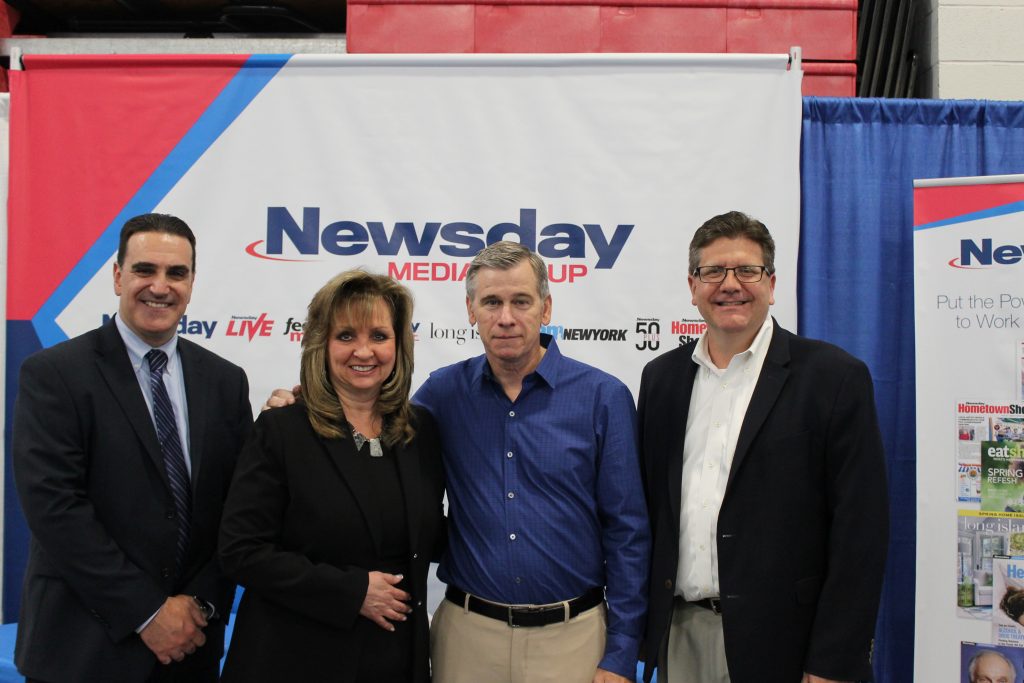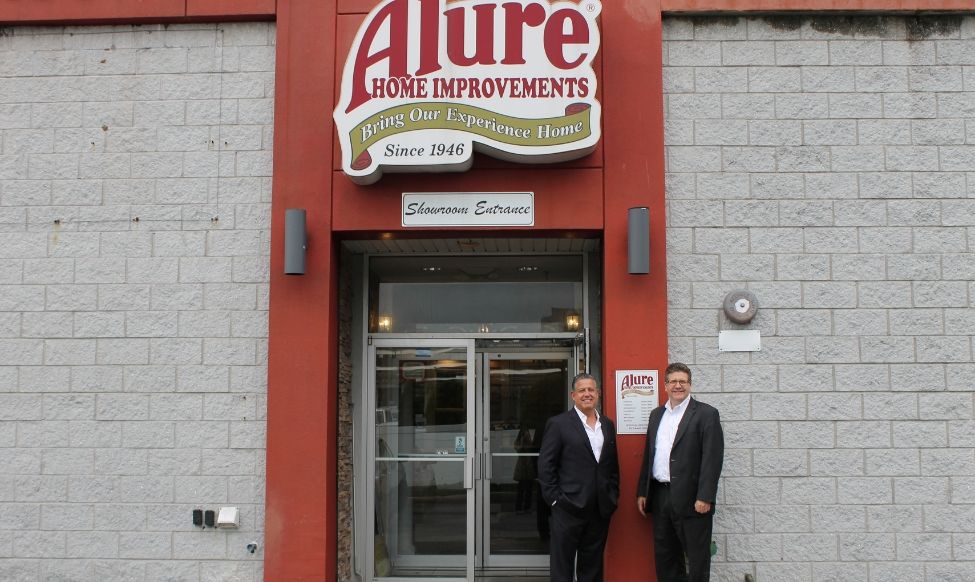Suffolk County employers, take note: effective June 30, 2019, employers in the county will be barred from asking about a job applicant’s salary history during the hiring process or relying on any such information to determine compensation.
The change is the result of the Restricting Information on Salaries and Earnings (“RISE”) Act, which amends the Suffolk County Human Rights Law and applies to employers with four or more employees (read more here). Under the new legislation, inquiring about a candidate’s salary history (including compensation and benefits), whether orally, in writing, on an application, or otherwise, or conducting research into the candidate’s salary history, is prohibited. The law also bars employers from relying on a candidate’s salary history in determining his or her compensation at the new company at any stage of the hiring process – including at the offer or contract stage.
Penalties for violating this law will include compensatory damages to the individual as well as payments to Suffolk County, up to $50,000. Fines could reach $100,000 if the violation is found to be willful, wanton, or malicious.
The intended purpose of the legislation is to help eliminate the gender wage gap, as well as wage inequity for employees from minority groups. In other words, the law is intended to give employees coming from lower paying jobs an opportunity to not be weighed down at their new positions. The belief is that employers will focus more on the local job market to determine the appropriate wages.
While a salary history ban has not been implemented statewide, Suffolk County joins a number of areas in the state, including Westchester County, Albany, and New York City, that have already passed such legislation. (Please contact us for additional guidance if your business operates in any of these regions.) A statewide bill may go to the State Senate for a vote during 2019.
Employers should update their employment practices as soon as possible to comply with the new law, which takes effect at the end of this month. Removing any references to salary history on your application forms is a critical first step. All employees who conduct interviews and participate in the hiring process should also be trained in compliance with the new policy.
This law comes on the heels of the new sexual harassment laws passed in New York State during 2018. This updated legislation now requires employers to have both a sexual harassment prevention policy, as well as annual sexual harassment training for all employees which starts no later than October 9, 2019.
If you have questions about the RISE Act, or about your sexual harassment policy and training, please contact us.
Thank you to Michelle Toscano for her assistance with this article.






























